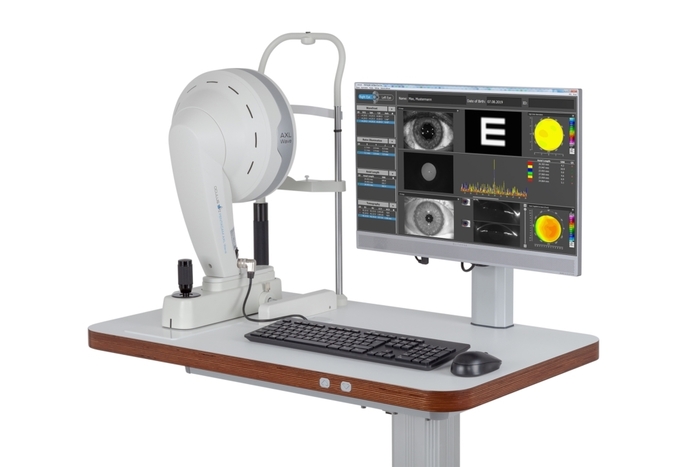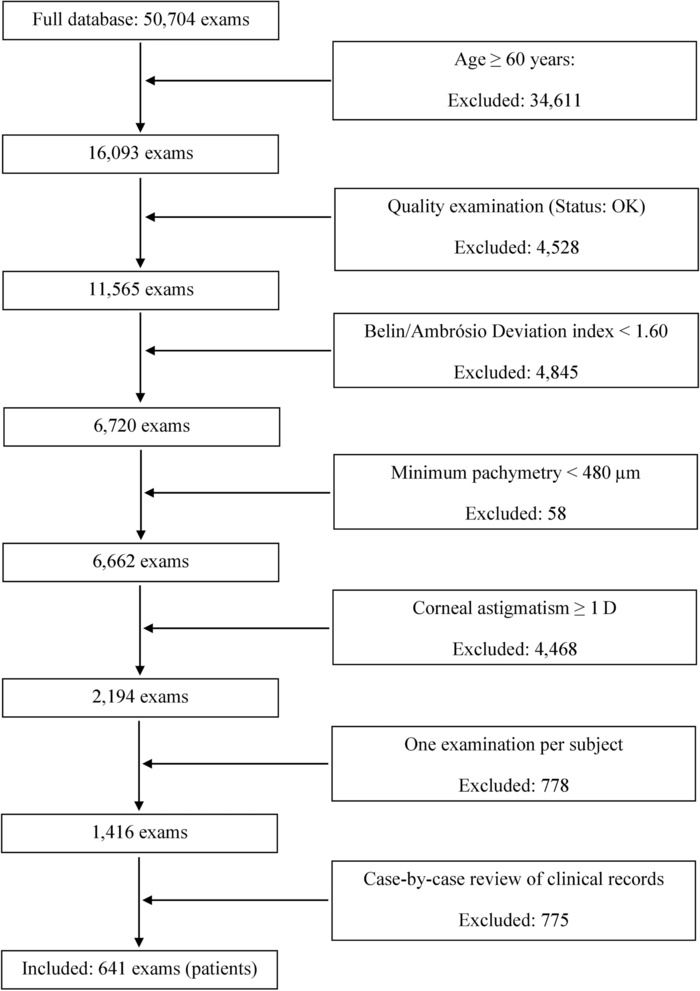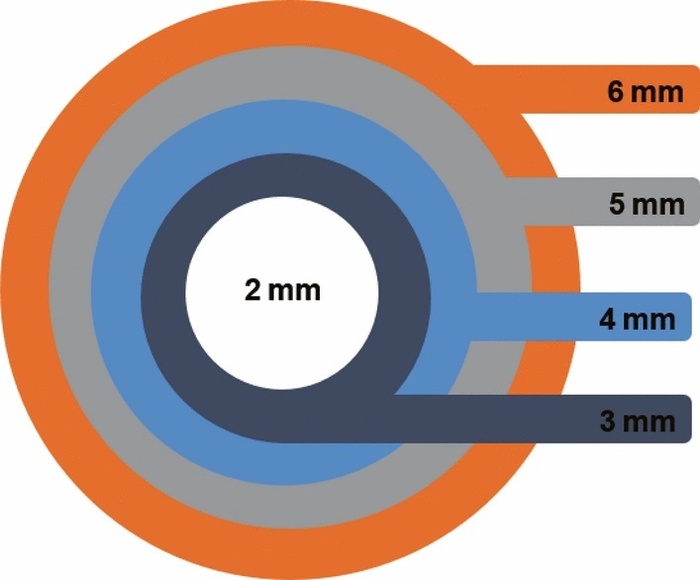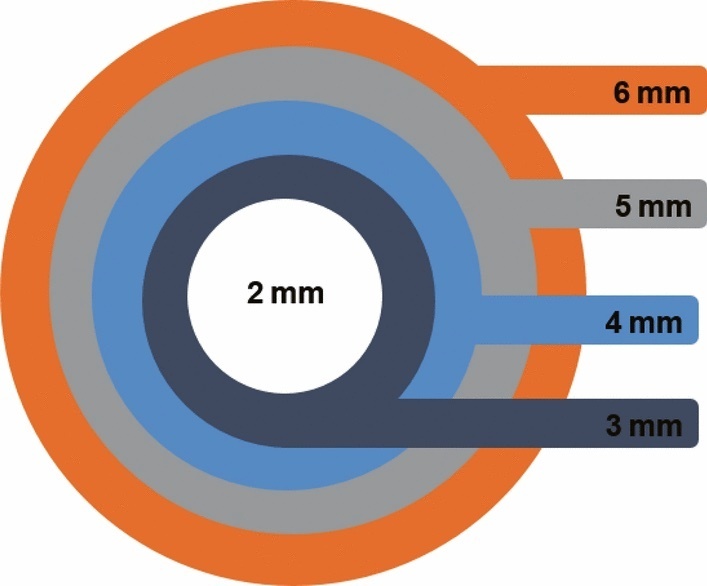Heidelberg, 08 April 2021. We are very pleased that our research paper on mid-peripheral astigmatism in an elderly population has been published in Nature’s Scientific Reports.
Grzegorz Łabuz, Dorottya Varadi, Ramin Khoramnia & Gerd U. Auffarth Central and mid-peripheral corneal astigmatism in an elderly population: a retrospective analysis of Scheimpflug topography results. Sci Rep 11, 7968 (2021). https://doi.org/10.1038/s41598-021-81772-w
The background.
Implantation of toric intraocular lenses has become a standard procedure to treat and correct corneal astigmatism. The surgeon selects a toric IOL based on keratometry measurements of the patient’s central Cornea. However, we know that corneal power can change from the middle to the periphery of the Cornea; this has the potential to yield suboptimal correction in patients with larger pupils.In this Cross-sectional population study, we aimed to assess mid-peripheral astigmatism in an elderly population.
What we did
 We looked at the corneal topography data collected by a Scheimpflug device (photograph: Pentacam, Oculus Optikgeräte GmbH, Wetzlar, Germany) that is used in routine clinical examinations at the Eye Department of Heidelberg University Hospital. All the patients were at least 60 years of age and had 1 D of astigmatism. We excluded cases with Belin/Ambrósio Deviation index <1.60 or pachymetry <480 µm.
We looked at the corneal topography data collected by a Scheimpflug device (photograph: Pentacam, Oculus Optikgeräte GmbH, Wetzlar, Germany) that is used in routine clinical examinations at the Eye Department of Heidelberg University Hospital. All the patients were at least 60 years of age and had 1 D of astigmatism. We excluded cases with Belin/Ambrósio Deviation index <1.60 or pachymetry <480 µm.
Out of 11,953 patients, we found 641 who met the inclusion criteria.

We used vector analysis to compare the total corneal astigmatism between five concentric zones (from 2 to 6 mm) of the cornea.

What we found
The absolute difference between astigmatism at 2 mm and 6 mm was 0.30 D (-0.36 to 0.64). This difference decreased to 0.10 D (0 to 0.20) between the 5- and 6-mm zone. With-the-rule (WTR) astigmatism was the most prevalent (53%), 34% had against-the-rule (ATR), and 13% had oblique. The decrease of the cylinder power with the diameter differed significantly between the three types, with ATR and oblique astigmatism associated with the steepest change. Patients with high corneal astigmatism demonstrate more considerable differences between the center and mid-periphery than those with low and moderate astigmatism.
In Summary
We demonstrated that central corneal astigmatism differs from that measured at the mid-periphery, and we found a greater difference in patients with ATR, oblique and high astigmatism. The magnitude of corneal astigmatism decreases with the distance from the center, but the axis of the principal meridian remains largely unchanged. Although most of the corneas we studied showed a similar progressive pattern, patients with ATR and oblique-astigmatism, as well as those with astigmatism higher than 1.75 D, are most affected by this mid-peripheral change in corneal astigmatism.
Share this article
Use the following link to be able to read the paper:
Provided by the Springer Nature SharedIt content-sharing initiative
end.
 Grzegorz Łabuz
Grzegorz Łabuz 
 Using ANTERION® to assess IOL opacification.
Using ANTERION® to assess IOL opacification.